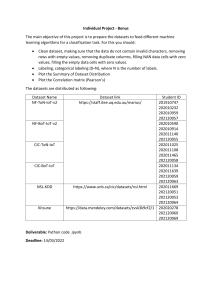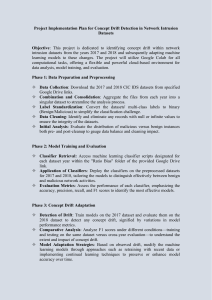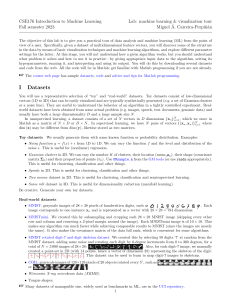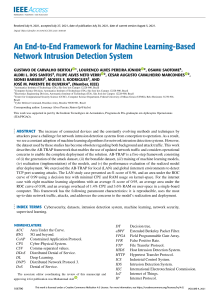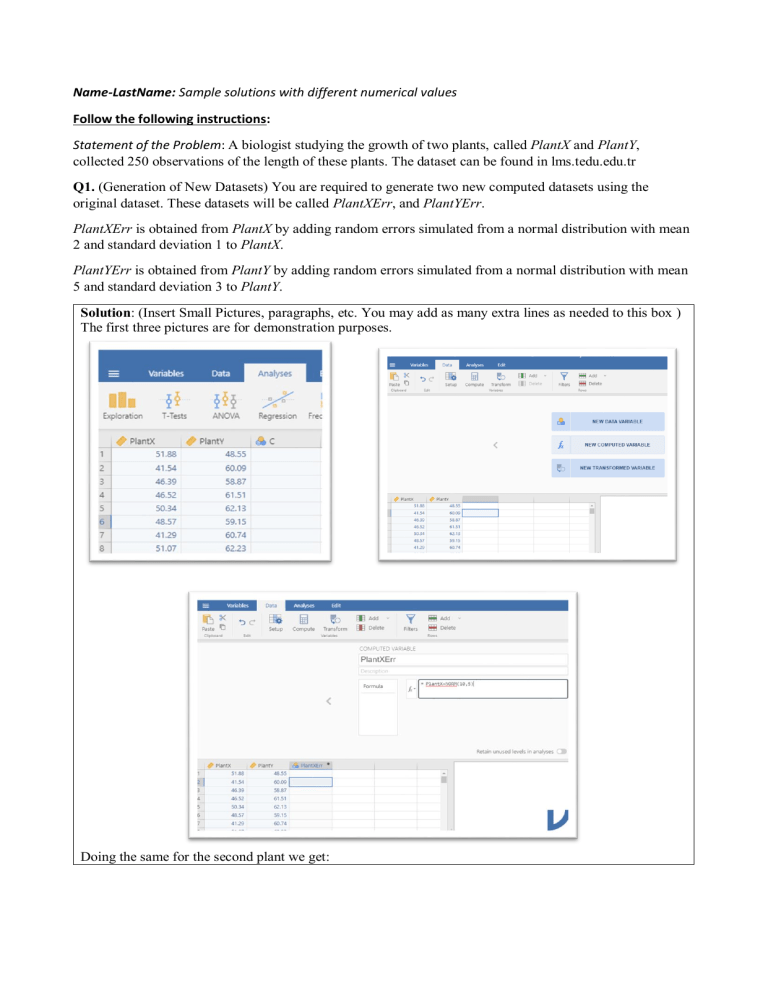
Name-LastName: Sample solutions with different numerical values Follow the following instructions: Statement of the Problem: A biologist studying the growth of two plants, called PlantX and PlantY, collected 250 observations of the length of these plants. The dataset can be found in lms.tedu.edu.tr Q1. (Generation of New Datasets) You are required to generate two new computed datasets using the original dataset. These datasets will be called PlantXErr, and PlantYErr. PlantXErr is obtained from PlantX by adding random errors simulated from a normal distribution with mean 2 and standard deviation 1 to PlantX. PlantYErr is obtained from PlantY by adding random errors simulated from a normal distribution with mean 5 and standard deviation 3 to PlantY. Solution: (Insert Small Pictures, paragraphs, etc. You may add as many extra lines as needed to this box ) The first three pictures are for demonstration purposes. Doing the same for the second plant we get: Q2. Perform a descriptive analysis of PlantXErr and PlantYErr, including measures of central tendency (mean, median, mode) and variability (range, interquartile range, standard deviation) and 95% confidence intervals. For each such measure explain the relationship with the corresponding measure of the original dataset. Solution: (Insert proof of your work) The difference between the means of PlantXErr and PlantX is about 10 because …. The difference between the means of PlantXErr and PlantX is about 15 because …. IQRs of PlantX and PlantXErr are different because … Q3. What are the shapes of the distribution of PlantXErr and PlantYErr, and how do these compare to the shape of the distribution of the original datasets? Are there any outliers or unusual observations in the new datasets that are not present in the original dataset? Solution: … etc. Q4. In the second question, you computed 𝑥, 𝑠𝑋 and 𝑦, 𝑠𝑌 for PlantXErr and PlantYErr. You are required to generate a new computed dataset, called PlantsCombined, by the following formula: 𝑃𝑙𝑎𝑛𝑡𝑠𝐶𝑜𝑚𝑏𝑖𝑛𝑒𝑑 = (𝑃𝑙𝑎𝑛𝑡𝑋𝐸𝑟𝑟 − 𝑥 )2 (𝑃𝑙𝑎𝑛𝑡𝑌𝐸𝑟𝑟 − 𝑦)2 + 𝑠𝑋2 𝑠𝑌2 Solution: From the table given in Q2 we get 𝑥, = 56.6, 𝑠𝑋 = 5.99, 𝑦 = 74.6, 𝑠𝑌 = 5.55. So, Q5. Perform a descriptive analysis of PlantsCombined, including measures of central tendency (mean, median, mode) and variability (range, interquartile range, standard deviation) and 95% confidence intervals. What is the shape of the distribution? Why? Solution: The histogram of PlantsCombined has this shape because …..
